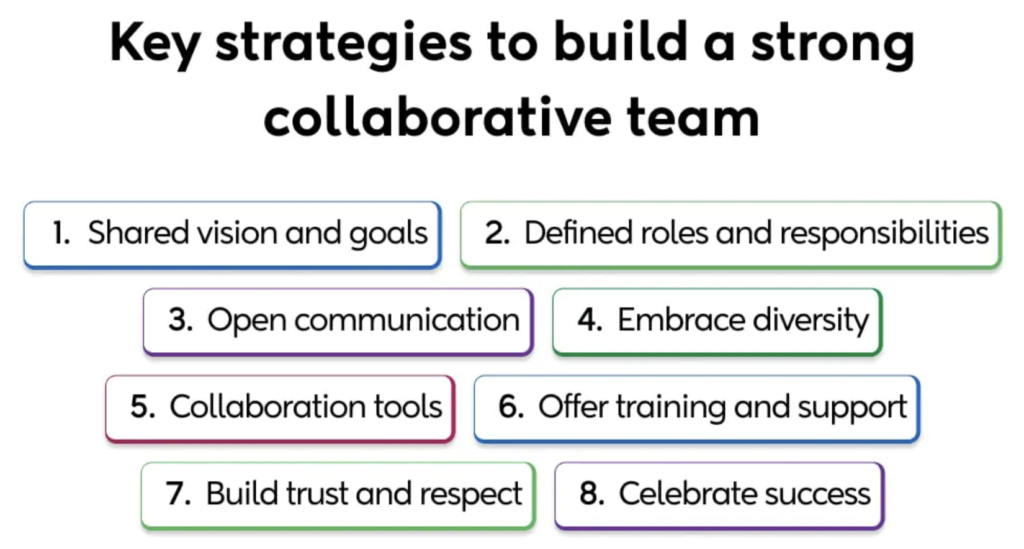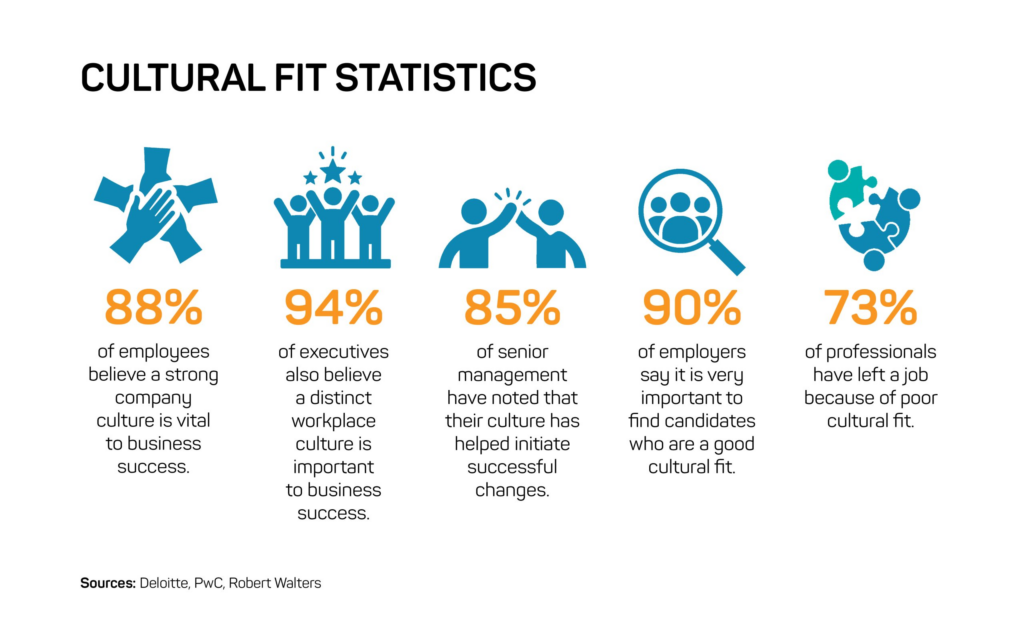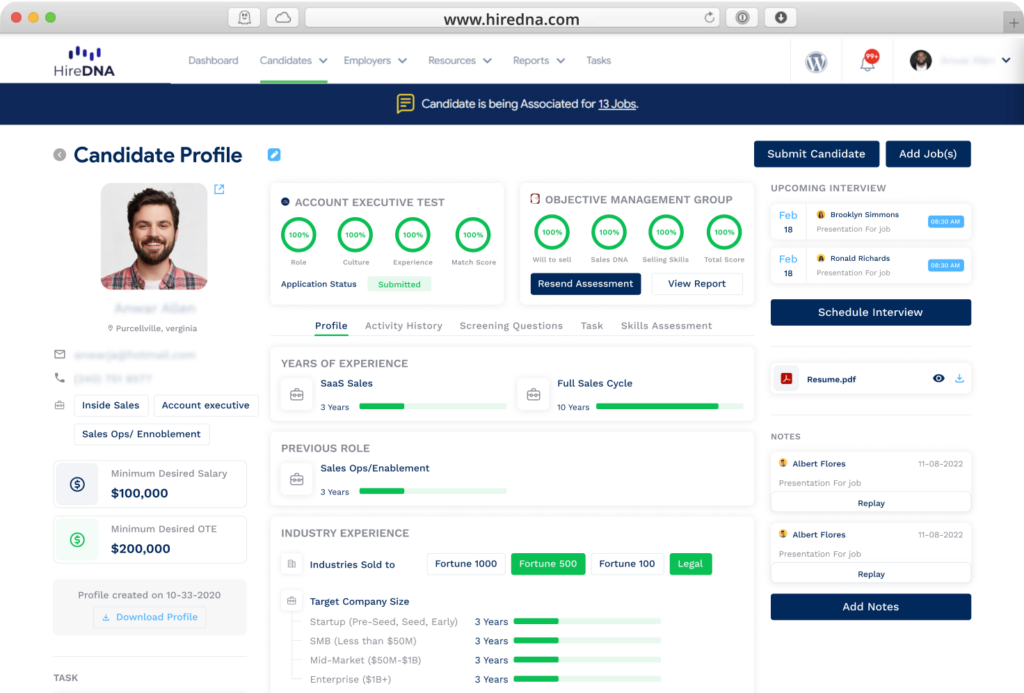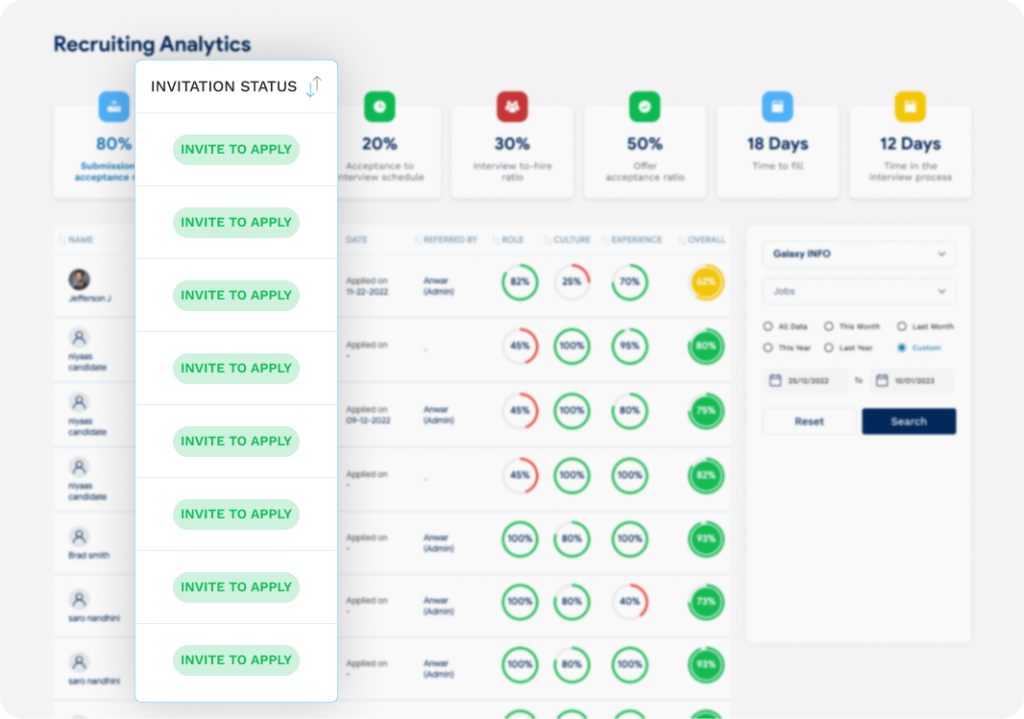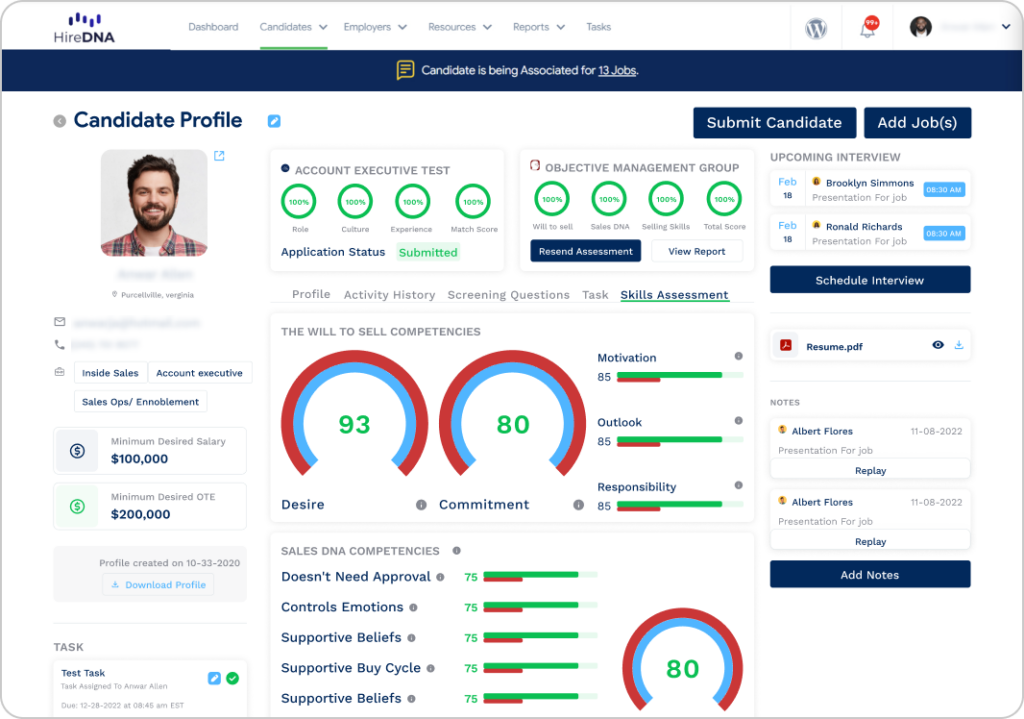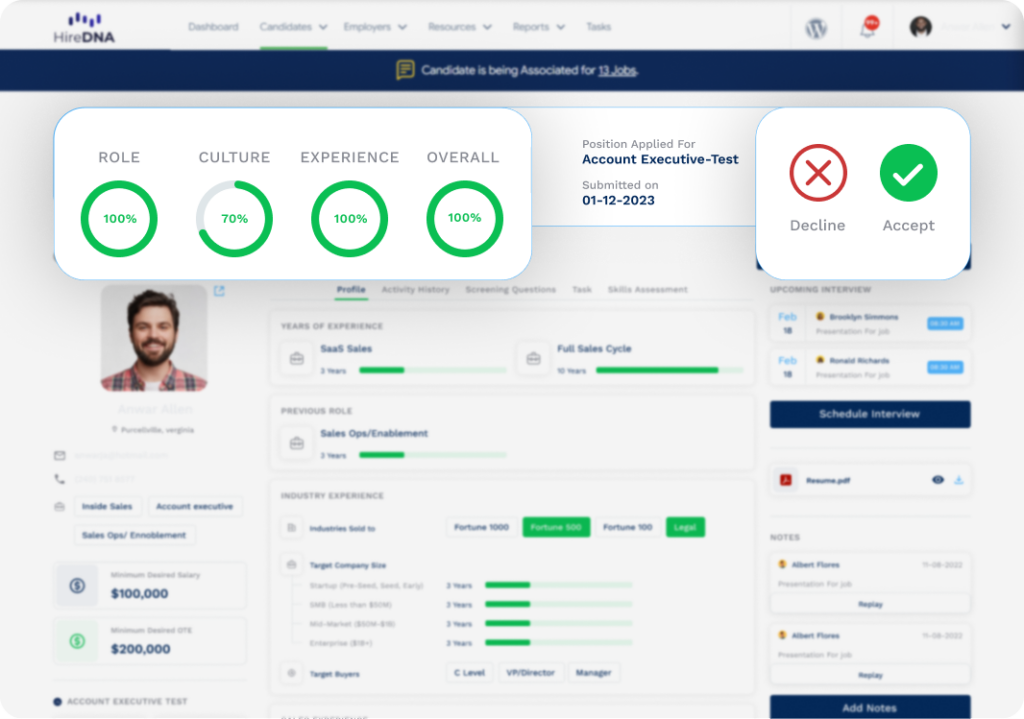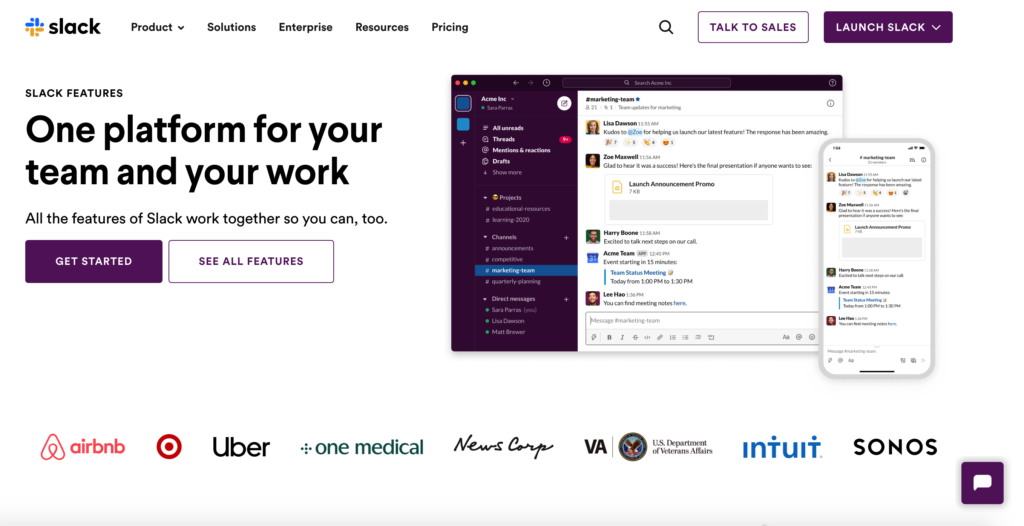It may sound cliche and a little cheesy, but the saying “success is a team sport” applies to sales 100%. If your salespeople exist in a silo with little to no collaboration, it’s hard to succeed, let alone reach the top of your industry.
But don’t take my word for it. For this article, I’ll share some concrete data that quantifies just how big of an impact building a collaborative sales culture can have and proven strategies for making your team more collaborative.
Need to Know Stats
To put things into perspective, I’ve compiled several illuminating stats that show why having a collaborative sales culture is so important.
First, it’s been found to increase customer satisfaction ratings by 41%. Next, it improves product quality by 34% and product development by 30%.
And the stat you’re probably most interested in is that it increases sales by 27%.
Here’s a graph to help visualize this data.

If you’re looking to check all the most critical boxes for getting ahead in business, strong collaboration is just the ticket. It helps improve the customer experience, enhance product quality, and boost sales for a win-win-win.
Conversely, “A recent survey revealed that 85% of employees believe that poor communication is the primary reason for project failures. When sales teams struggle with collaboration, sales performance takes a hit. In fact, teams that experience high levels of miscommunication can see a decrease of up to 20% in their overall sales performance.”
The question now is, what exactly can you do to make your sales team more collaborative?
Like any other area of sales or business, my philosophy is to keep it simple and practical, focusing on the most critical areas. This brings us to our next section.
Teamwork and Knowledge Sharing: The 2 Pillars of Building a Collaborative Sales Culture
Let me start by saying that there are a ton of factors that can contribute to building a more collaborative sales culture. Here are eight that apply across the board.
While it’s nice to incorporate all of these elements, I find that it’s best to concentrate on two in particular when shifting momentum initially. As you improve, you can always work on these other areas later on. But at first, you need to zero in on what will get the biggest overall results.
From my experience, teamwork and knowledge sharing are “the big two” that should get the ball rolling when sparking sales culture transformation.
Encouraging Teamwork
Typically, the best way to get started is to build a framework that promotes cross-functional collaboration between different departments, such as marketing and customer support. Because company departments don’t exist independently and depend on each other greatly, it’s important to create a system where there’s heavy communication between all departments.
A simple example would be using a robust CRM platform where all departments have a 360-degree overview of each customer. Marketing would input the initial customer profile, which your sales and customer support team could easily reference. And whenever changes are made, updates should be made in real time.
Another good way to improve teamwork is to have a policy where open communication is welcome, as long as it’s constructive. When your sales team knows they have a safe space to voice their opinion, this naturally creates a more collaborative environment where individuals can share ideas and work on correcting problems so they don’t have a chance to fester.
And something you can do as a sales manager is to lead by example by doing the following:
- Be quick to communicate and collaborate with all team members
- Praise salespeople who are committed to teamwork
- Celebrate successes by congratulating salespeople (if they’re comfortable with that)
That’s just the tip of the iceberg. Here’s a great resource for more innovative ways to improve sales teamwork.
Encouraging Knowledge Sharing
The second part of the equation is getting serious about knowledge sharing. When information is siloed, it hurts everyone.
For instance, if your marketing team doesn’t provide your sales reps with enough information, it makes it harder to prioritize leads and make conversions. If your sales team doesn’t provide customer support with enough information, it makes it more difficult to retain customers. And if your sales team doesn’t keep the information flowing with one another, there could be clunky handoffs and your customer may not get the optimal product.
So how can you remedy this?
You can make a lot of progress by simply leveraging the right tools in your tech stack. Start with the basics like having your sales team use a collaboration tool like Slack or Microsoft Teams. That way, everyone can stay up-to-date on what’s happening in real time without skipping a beat.
When it comes to knowledge sharing between marketing and sales, a lead scoring tool can be invaluable, as it quantifies how hot a lead is so your salespeople can prioritize their efforts. For example, Pipedrive provides a simple system that lets marketing hand off leads to sales and lets them know who’s primed to buy and who needs more nurturing.

Finally, I suggest creating a centralized resource where everyone can instantly find essential information like:
- Your sales playbook
- A list of customer personas
- The UVP and key features of different products
- Customer testimonials
- Case studies
This should keep everyone on the same page and should accelerate the ramp time of new sales reps.
Infusing Collaboration Into Your Sales Culture
To recap, collaboration contributes to optimizing the three most crucial areas of your business —customer experience, product quality, and conversions. The numbers don’t lie.
While a lot goes into building a more collaborative sales culture, zeroing in on teamwork and knowledge sharing should help you make big gains the quickest. From there, you can make iterations until you’re firing on all cylinders.
Ready to take your sales hiring to a new level and eliminate weaknesses while increasing screening accuracy? Take the HireDNA Hiring Readiness Assessment today.

